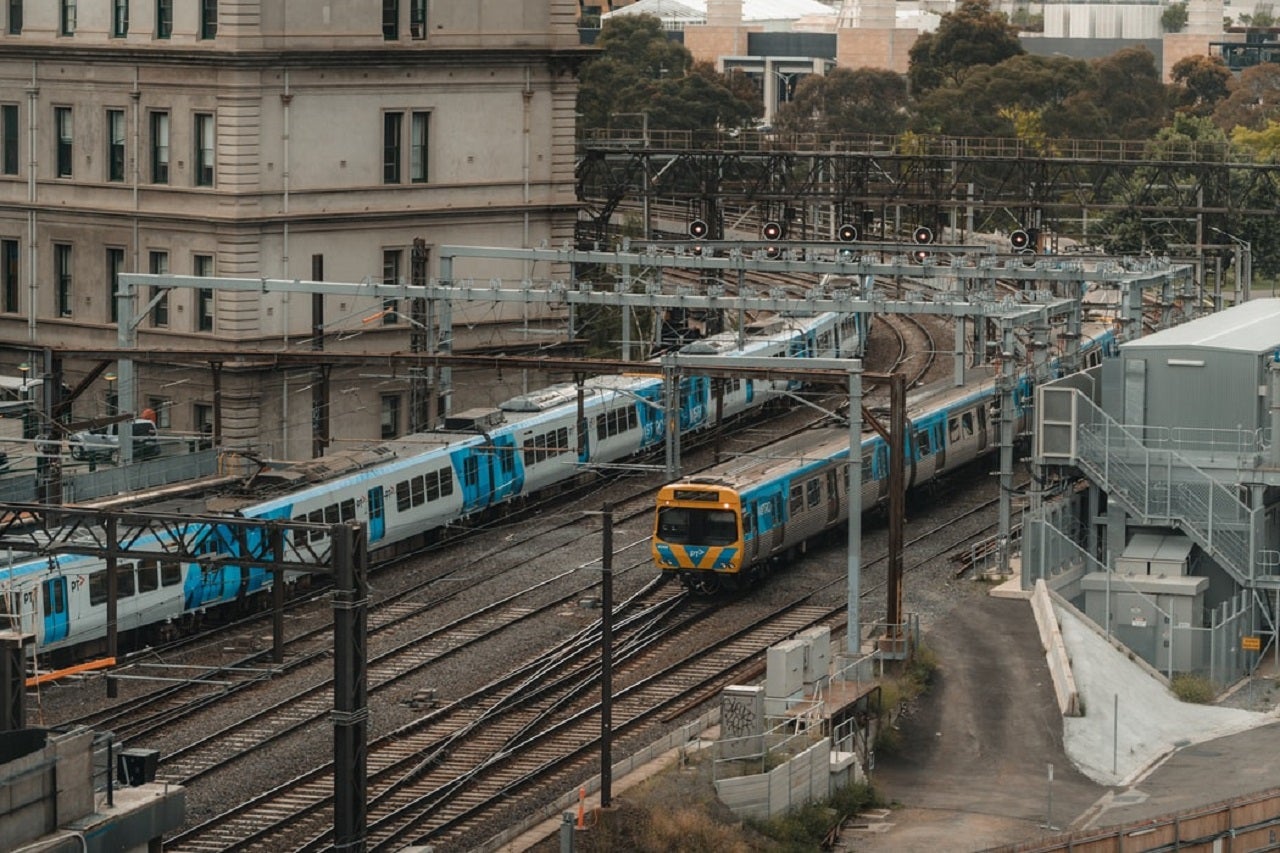
Australia’s Andrews Labor Government in Victoria has announced the site details for the new station at Pakenham East, under its project to remove three more level crossings in Pakenham.
The government has also decided to extend the rail track to the new suburb.
This project will provide improved transport networks for locals citizens, with the suburb to be totally boom gate-free by 2023-2024.
The track will be elevated through Pakenham to remove the congested crossings at McGregor Road, Main Street and Racecourse Road.
The Labor Government’s $15bn investment will witness the extension of the metropolitan rail line by 2km, and the construction of new stations at Pakenham and Pakenham East to enhance safety, reduce congestion and increase train frequency.
The new station will be built between the Princes Freeway and Deep Creek, benefitting both suburban train passengers and those travelling onto Gippsland.
How well do you really know your competitors?
Access the most comprehensive Company Profiles on the market, powered by GlobalData. Save hours of research. Gain competitive edge.

Thank you!
Your download email will arrive shortly
Not ready to buy yet? Download a free sample
We are confident about the unique quality of our Company Profiles. However, we want you to make the most beneficial decision for your business, so we offer a free sample that you can download by submitting the below form
By GlobalDataLast December, around 100 locals submitted suggestions for the rail project.
A majority of them wished for better traffic flow, safety and improved connections between parks, shops and public transport in and around Pakenham.
The subsequent stage of community consultation will start later this year after the commencement of early works on the level crossing removals.
The new stations will begin operations in 2024.
Victoria’s transport infrastructure minister Jacinta Allan said: “We’re delivering the infrastructure our growing south-east and Melbourne’s newest suburb needs – future-proofing the Pakenham and Gippsland lines and paving the way for more train services, more often.”


